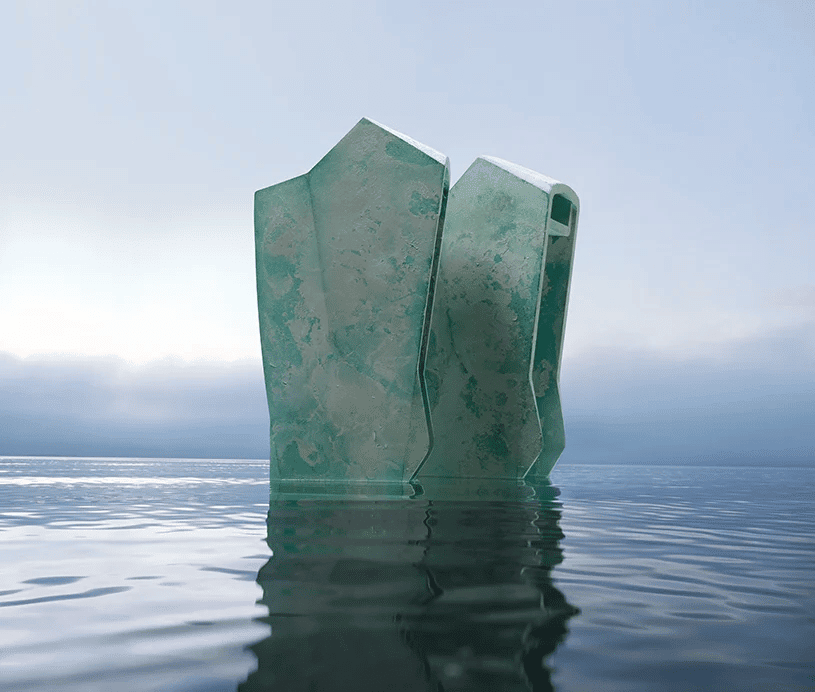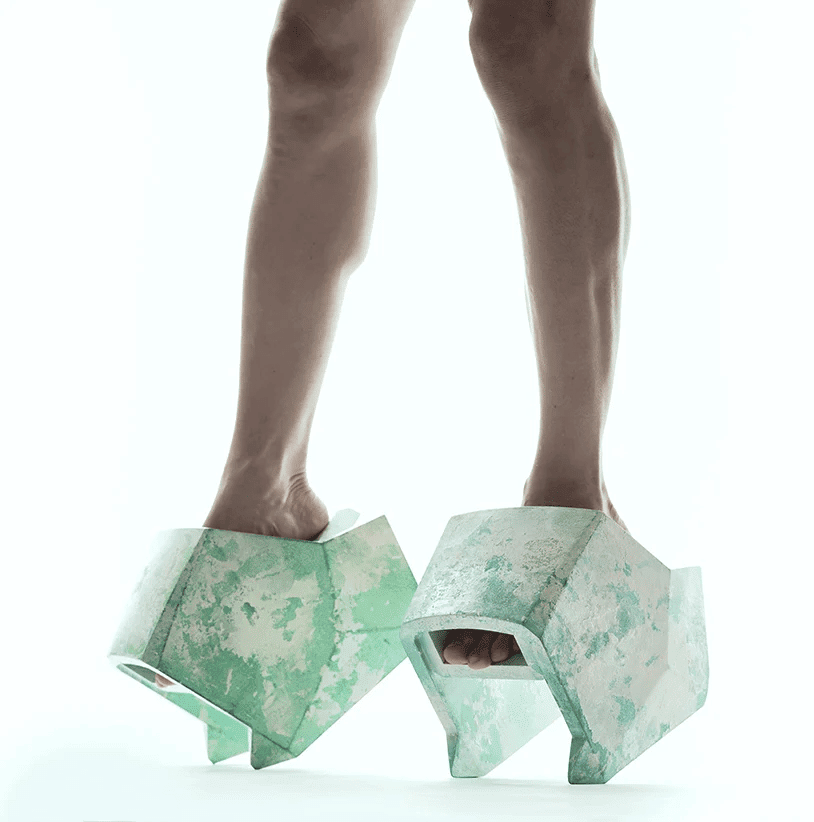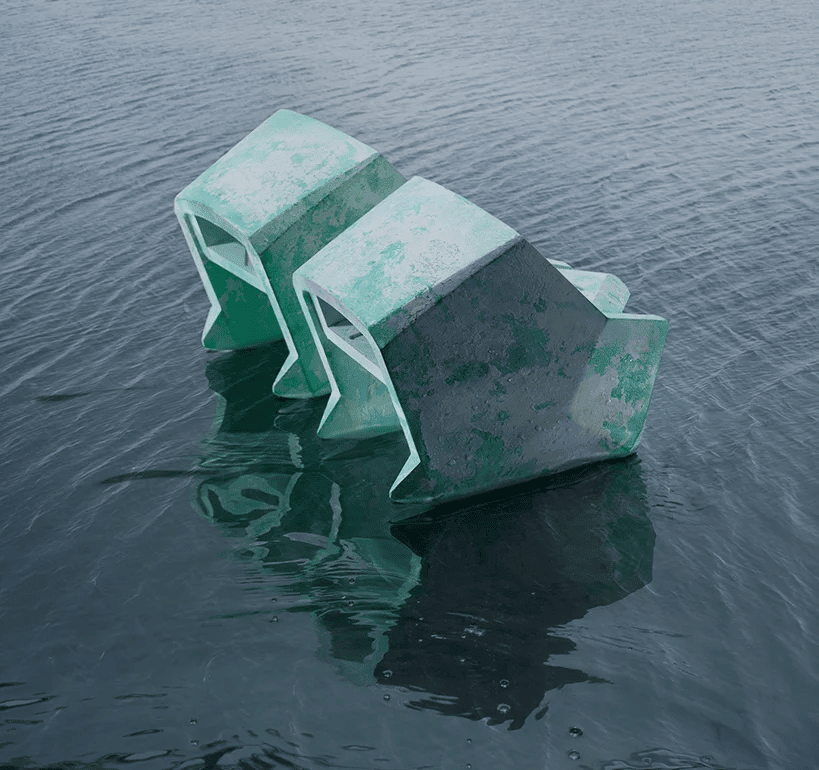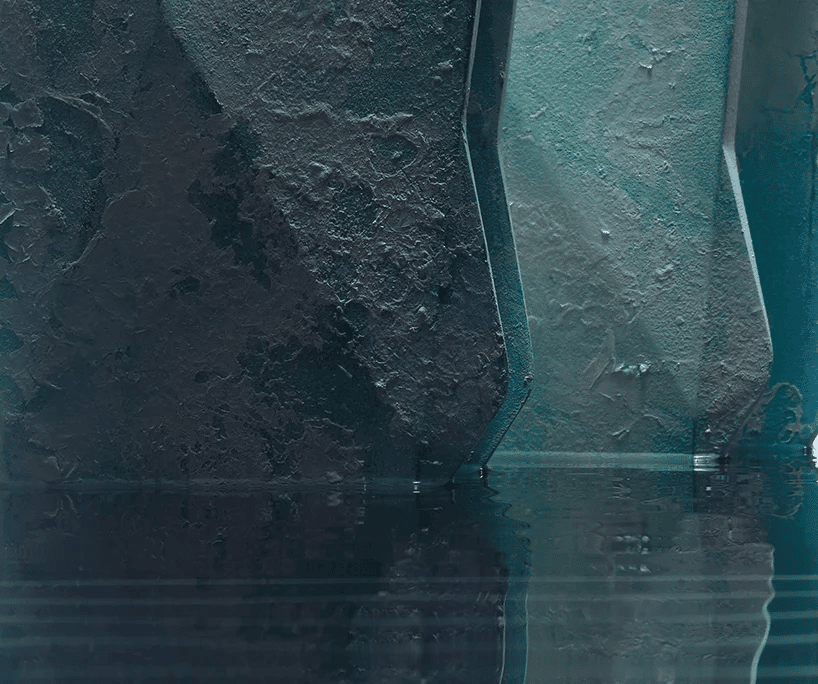Sruli Recht, an award-winning multi-platform Icelandic artist based in Reykjavík, has done another one of his own. Recht, known for challenging the norm through art, had the innovative idea to design futuristic, sustainably made footwear that would solve humanity's possible problems for years to come.
A sharp provocation
The project is very curious and the first of its kind. It was created to inspire a sustainable art/tech generation to dominate a variety of industries, now and in the future. And of course to make a profit (art always has a price). Recht is selling these “post-traumatic footwear” through the NFT market. A way to create unique, collectible and immutable pieces for purchase.
What are Sruli Recht's "post traumatic" footwear?
The Icelandic artist's concept was inspired by the question "how could we design footwear to solve potential human, health and environmental problems?". From this question three models of footwear were born. Recht called them “footwear for a post-traumatic future.”
The first of footwear is called the “Venetian heel”. It consists of an elevated sneaker meant to keep the foot high enough to walk through swollen floods and deep water. The second is a pair of phase change sneakers, designed with an integrated cooling vascular system that cools the body without using electricity. The third it is an "unbalanced" shoe, created with the aim of combating balance problems due to age.
The shoes were made through a combination of 3D printing and accurate hand finishing.
Manifesto footwear
We will hardly see these "extreme" shoes worn. Collectibles (physical and digital, of course), NFT works of art, but also reports in which to literally put one's feet, to draw inspiration.
Take a look at the images to get an idea of the “narrative” approach that Recht took to create physical objects. This is the stilt shoe that denounces the risks of rising seas. Even the texture of this "Venetian heel" recalls stucco and corroded stone.
“Phase change” footwear they themselves seem to be a form of ice in which to cool the temperature. Conceived as a small "wind tunnel", in the designer's intentions they should help exploit the dynamics of walking to ventilate the legs.
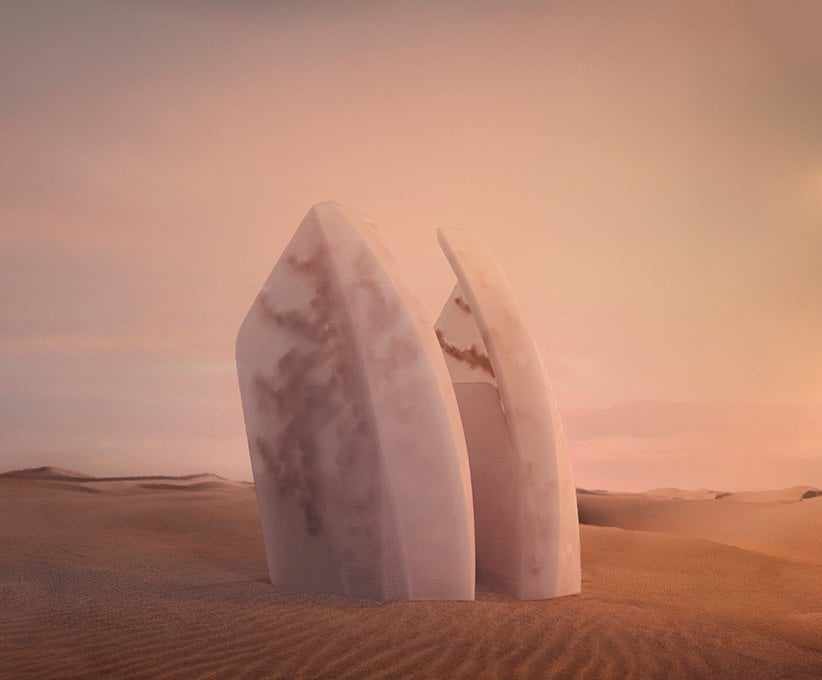

With the possibility of exploiting two different support points with the same inclination, the third "apocalyptic shoe" looks like a cross between a spider and a Japanese clog.
